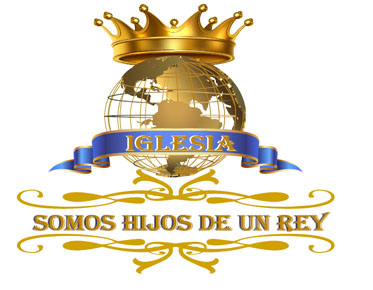Raster Graphics |Vector Conversion Graphics: What Are The Best to Use?
Raster graphic files are complex. Figuring out which program to use doesn’t have to be. Below, we break down what a raster graphic file is and share a top raster graphics software list with nine programs to consider for your needs. Eagle Digitizing also provide an easy-to-understand look at their features, pricing and capacity capabilities so you can choose a program that works best for your business needs.
Raster graphics files, often called bitmap images, are essentially collections or grids of tiny pixels that make up the complete image. Each pixel (or square) has a specific hue or shade. It's not usually thought of as important on its own -- but the pixels together make up the complete image.
Raster graphics files are mainly used to change nonlinear images, such as digitized photographs, scans, or detailed illustrations or graphics. This is because these types of images contain gradients, undefined lines, and complexity -- being able to modify pixel by pixel helps create a perfect image.
This is actually why raster graphics files are perfect for your product photography needs, as many raster graphics programs contain features and functions that help you edit your product photos down to fine details -- such as tone, tone, and blend.
Raster
and vector images
Raster graphics files use square pixels, while vector images are determined by mathematical formulas to create paths, curves, circles, and so on. Vector images are also more flexible to use because they are scalable, independent of resolution, and smaller in size.
Often, vector images are best for design and illustration work -- think logos, promotional product designs, and other large illustrations. That being said, you should never use vector graphics for product photography, as raster graphics are preferred for photo editing - but that's not to say vector graphics can't help your business.
For example, vector images are great for creating corporate logos and any other promotional material -- because paths help create clear details that can be zoomed in and out to suit whatever you need.
The
advantages and disadvantages of raster graphics
Raster graphics are your friends when creating detailed images. Since you can change each pixel, it helps you create images with a variety of colors and complexity. In addition, raster graphics files are compatible with most photo editing programs.
Because
raster graphics files are composed of tiny pixels, it is difficult to enlarge
them without losing fidelity. In addition, the more pixels a raster graphics
file has, the more space it requires to store the image. This can be
problematic when it comes to storage limitations on your own devices and the
sites you upload images to. Here's a rule of thumb: Reduce the file size of an
online image to 72 PPI (pixels per inch).



